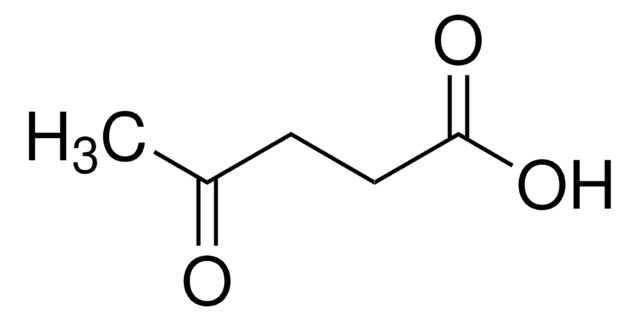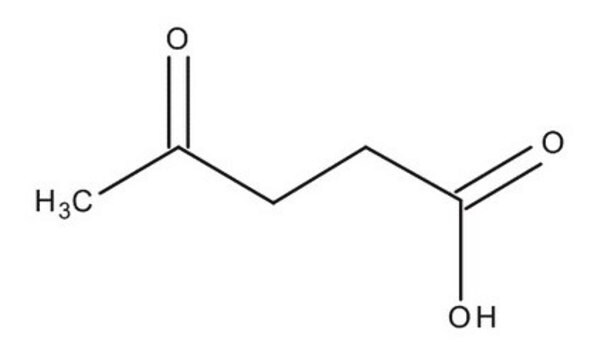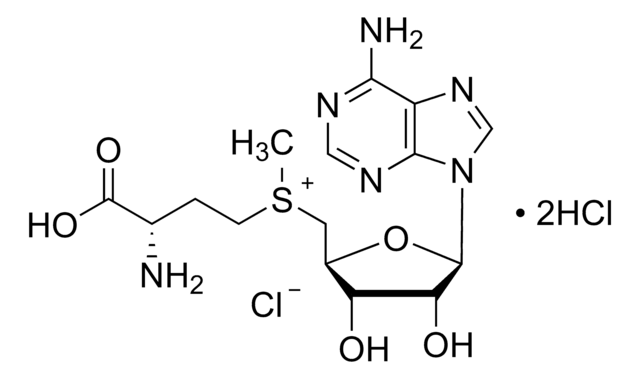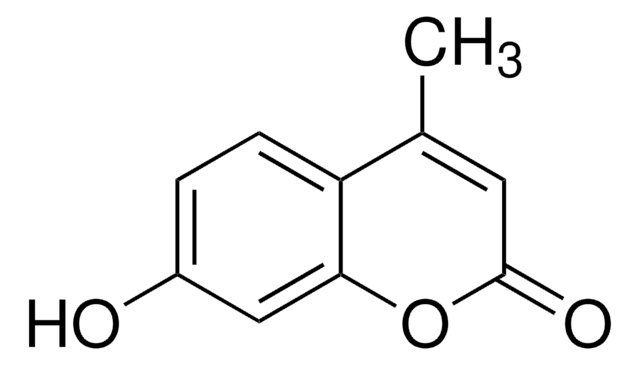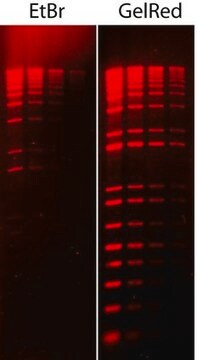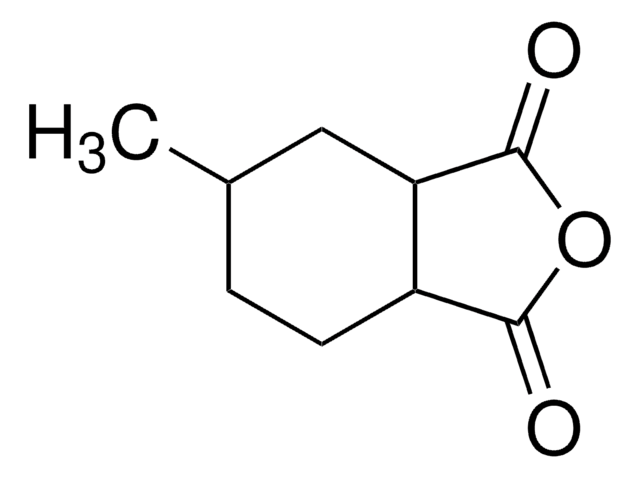W262701
Levulinic acid
natural, 99%, FG
Synonym(s):
4-Oxopentanoic acid, 4-Oxovaleric acid
About This Item
Fragrance grade
Halal
Kosher
natural
meets purity specifications of JECFA
Recommended Products
grade
FG
Fragrance grade
Halal
Kosher
natural
Quality Level
Agency
follows IFRA guidelines
meets purity specifications of JECFA
reg. compliance
EU Regulation 1223/2009
EU Regulation 1334/2008 & 178/2002
vapor pressure
1 mmHg ( 102 °C)
Assay
99%
greener alternative product characteristics
Less Hazardous Chemical Syntheses
Use of Renewable Feedstocks
Learn more about the Principles of Green Chemistry.
sustainability
Greener Alternative Product
refractive index
n20/D 1.442
bp
245-246 °C (lit.)
mp
30-33 °C (lit.)
density
1.134 g/mL at 25 °C (lit.)
application(s)
flavors and fragrances
Documentation
see Safety & Documentation for available documents
food allergen
no known allergens
fragrance allergen
no known allergens
greener alternative category
, , Aligned
Organoleptic
caramel; creamy; acidic; sweet; vanilla
SMILES string
CC(=O)CCC(O)=O
InChI
1S/C5H8O3/c1-4(6)2-3-5(7)8/h2-3H2,1H3,(H,7,8)
InChI key
JOOXCMJARBKPKM-UHFFFAOYSA-N
Looking for similar products? Visit Product Comparison Guide
Related Categories
General description
Application
- Use of carboxymethyl cellulose as binder for the production of water-soluble catalysts.: Levulinic acid is used in conjunction with carboxymethyl cellulose to produce water-soluble catalysts. This application demonstrates the acid′s versatility in catalyst synthesis, enhancing the solubility and functionality of the resulting products (Paganelli et al., 2024).
- Nanocavity in hollow sandwiched catalysts as substrate regulator for boosting hydrodeoxygenation of biomass-derived carbonyl compounds.: This research explores the use of levulinic acid in biomass conversion processes. The study highlights the acid′s role in enhancing hydrodeoxygenation reactions, contributing to more efficient biofuel production (Zheng et al., 2024).
- Mechanism of CO(2) in promoting the hydrogenation of levulinic acid to γ-valerolactone catalyzed by RuCl(3) in aqueous solution.: This paper investigates the catalytic hydrogenation of levulinic acid to γ-valerolactone. The findings provide insights into the role of CO2 in enhancing reaction efficiency, offering valuable information for industrial applications (Min et al., 2024).
- Integrated biorefinery approach for utilization of wood waste into levulinic acid and 2-Phenylethanol production under mild treatment conditions.: This study presents a biorefinery approach to convert wood waste into valuable chemicals, including levulinic acid. The process demonstrates the potential for sustainable production of levulinic acid and its derivatives from renewable resources (Pachapur et al., 2024).
Signal Word
Danger
Hazard Statements
Precautionary Statements
Hazard Classifications
Acute Tox. 4 Oral - Eye Dam. 1 - Skin Sens. 1
Storage Class Code
13 - Non Combustible Solids
WGK
WGK 2
Flash Point(F)
208.4 °F - closed cup
Flash Point(C)
98 °C - closed cup
Choose from one of the most recent versions:
Already Own This Product?
Find documentation for the products that you have recently purchased in the Document Library.
Customers Also Viewed
Our team of scientists has experience in all areas of research including Life Science, Material Science, Chemical Synthesis, Chromatography, Analytical and many others.
Contact Technical Service